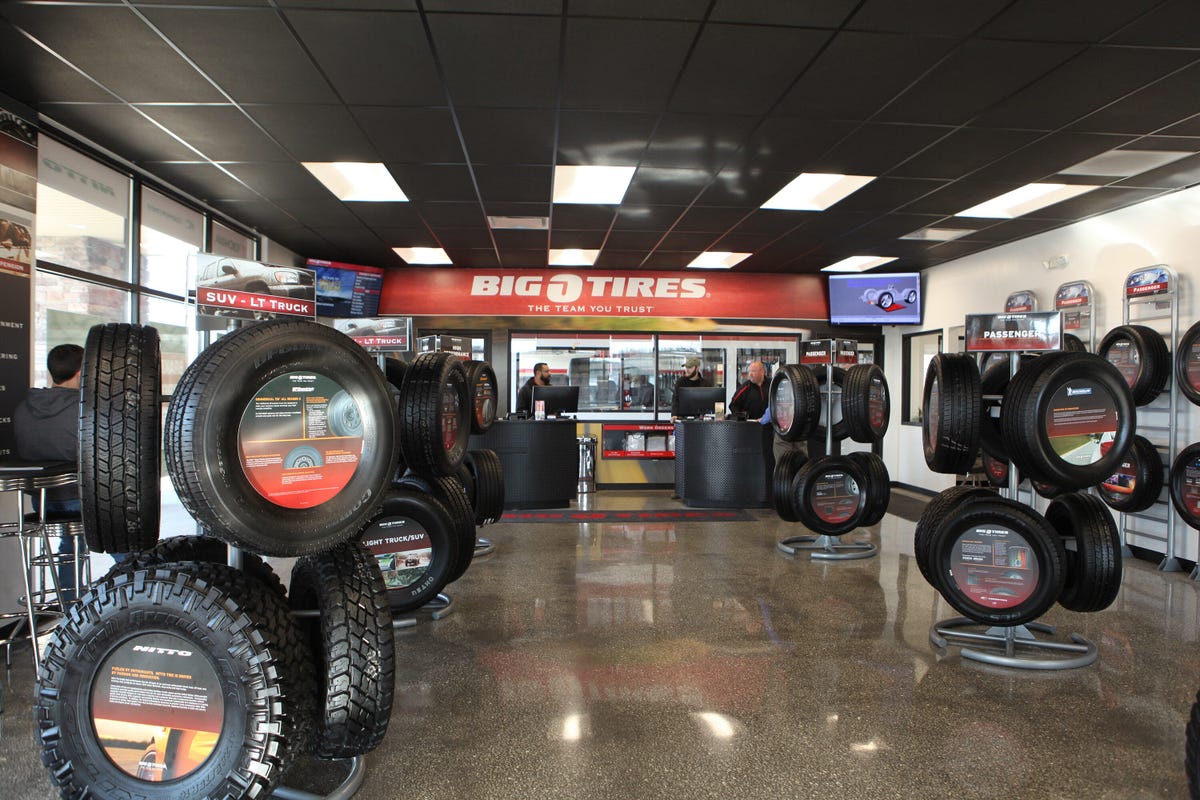Save Big with Mopar Tire Service Specials in Morris: Limited Time Supplies
Save Big with Mopar Tire Service Specials in Morris: Limited Time Supplies
Blog Article
Tire Service: Understanding Tire Pressure Monitoring Solutions
Comprehending Tire Pressure Monitoring Systems (TPMS) is an important aspect of keeping ideal vehicle performance and safety and security on the road. With developments in automobile modern technology, TPMS has become a basic attribute in modern cars, giving real-time info on tire pressure degrees. Digging much deeper into the details of TPMS, one can discover the various elements that make up this system and the relevance of each in making sure accurate surveillance. From direct to indirect TPMS systems, the landscape of tire stress tracking is diverse, each with its special set of advantages and considerations. Keep tuned to decipher the intricacies of TPMS, from maintenance pointers to the indisputable advantages of maintaining your tires properly pumped up. tire shop morris.

Value of TPMS
The value of Tire Pressure Surveillance Equipments (TPMS) depends on their capability to improve lorry security and efficiency via real-time surveillance of tire stress degrees. Maintaining the right tire stress is crucial for guaranteeing ideal handling, stopping, and total safety and security of a vehicle. TPMS provides motorists with immediate comments on any kind of underinflated or overinflated tires, permitting prompt modifications to be made.
Components of TPMS
Consisting of different vital components, a Tire Stress Tracking System (TPMS) operates as an advanced safety attribute in contemporary cars. The main elements of a TPMS include sensing units, a control module, and a warning indicator. Sensing units are generally situated in the tire valve stem or connected to the wheel setting up, where they measure tire stress and transmit information to the control module. The control component processes this details and sets off a caution if it discovers significantly reduced pressure in any one of the tires. The warning indicator, commonly an icon on the dashboard, signals the chauffeur to inspect the damaged tire or tires. Some progressed TPMS versions also show the real tire pressure readings for each and every tire, supplying vehicle drivers with real-time information to make sure optimum tire performance and security. By checking tire stress constantly, TPMS helps avoid accidents, decreases tire wear, and improves fuel efficiency, making it a crucial part for automobile safety and efficiency.
Kinds of TPMS

On the various other hand, indirect TPMS relies on the lorry's wheel rate sensing units to keep an eye on tire stress. This system finds underinflation by contrasting Source the rotational check my site speeds of the wheels. Indirect TPMS is less expensive than direct TPMS, as it makes use of existing sensors within the vehicle.
While straight TPMS provides much more precise analyses, indirect TPMS is less complex in design and generally calls for much less upkeep. Both systems have their benefits and limitations, and the selection in between them typically depends upon factors such as cost, vehicle make, and individual choice. Recognizing the distinctions between these 2 kinds of TPMS can assist vehicle proprietors make educated decisions concerning tire maintenance and security.
TPMS Upkeep Tips
Conduct routine checks on the tire stress levels and compare them with the TPMS readings to guarantee they are constant. Throughout tire rotation or substitute, make sure that the TPMS elements are handled carefully to prevent any prospective damage. If the TPMS advising light brightens on the control panel, attend to the concern immediately by checking the tire pressures and the total system for any type of mistakes.
Benefits of Appropriate Tire Stress
Maintaining correct tire stress, as stressed in TPMS Upkeep Tips, is critical for enjoying the various advantages linked with ideal tire pressure degrees. Additionally, proper tire stress makes sure even tire wear, expanding the life expectancy of the tires and advertising much safer driving conditions. In verdict, the benefits of correct tire pressure go past simply tire durability; they incorporate enhanced fuel performance, enhanced safety and security, far better car efficiency, and general driving convenience.
Final Thought
To conclude, comprehending tire pressure monitoring systems (TPMS) is important for keeping ideal tire stress and guaranteeing vehicle security. By recognizing the value of TPMS, knowing with its elements, knowing the various useful content kinds available, sticking to correct maintenance ideas, and recognizing the advantages of maintaining appropriate tire stress, chauffeurs can improve their driving experience and extend the life expectancy of their tires. Appropriate tire pressure is essential to secure and efficient lorry operation.

Report this page